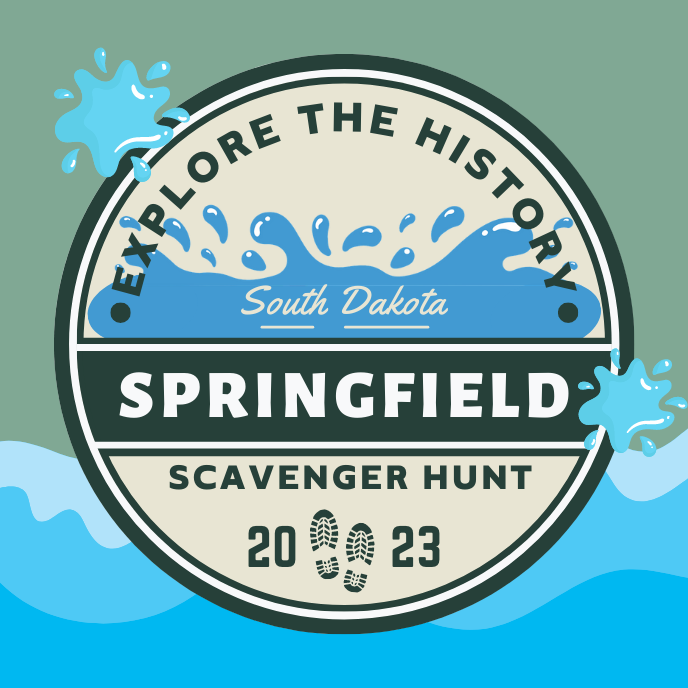
Transitions
By Marilyn Thomas Stone/President Originally Published July 13, 2022
Springfield building lots have had many uses over the years. It is fun to reminisce on places where older homes, public buildings or businesses used to be. This week I would like to share such information on the lot that currently houses our Springfield Historical Society Museum. I remember when the building was built as the Coral Lanes Bowling Alley, but to bring forth older information on this lot, I quote from the article written by Sam J. Henderson in the Springfield Centennial History Booklet:
“My earliest recollection of the old building on the present location of the Bowling Alley was an old blacksmith shop and this building stood vacant for a long time.
On the vacant lot, just east of the bowling alley, was a wooden building that was used as a picture show house and was called the Gem Theatre. The first operator that I can recall was Joe Jones, and later a man by the name of Hedrick operated this show house. This business place had its own private light plant, as the Municipal lights were only on a few hours a day, coming on at dark, then shutting off at 11:00 p.m.
W. Turner (no relation to W. J. or John L. Turner), who was manager of the lumber yard across the street north, then had a garage, using the front part of the picture show house as the office, and the back part for the repair shop, using the old blacksmith shop as a storage place for cars.
Later, John Holleman & Son (Urban) operated this garage selling Ford products. This business closed during the early ’30s, and then Henry M. Davison operated the garage there, selling Plymouth and Chrysler cars. Davison operated this garage until he died in the early ’40s.
The earliest garage to operate on this location was the Macy & Young Garage, selling the Model “T” Fords. These two were Walter Macy and Charles Young, but whether they operated in the old blacksmith building or the building used as the Gem Theatre is not clear.
The Coral Lanes building was built in the summer of 1964 by Adolph Hauff and John Mitchell.” The Museum is open on Sunday afternoons from 2:00 to 4:00 or by appointment. We’ll See you at the Museum!

